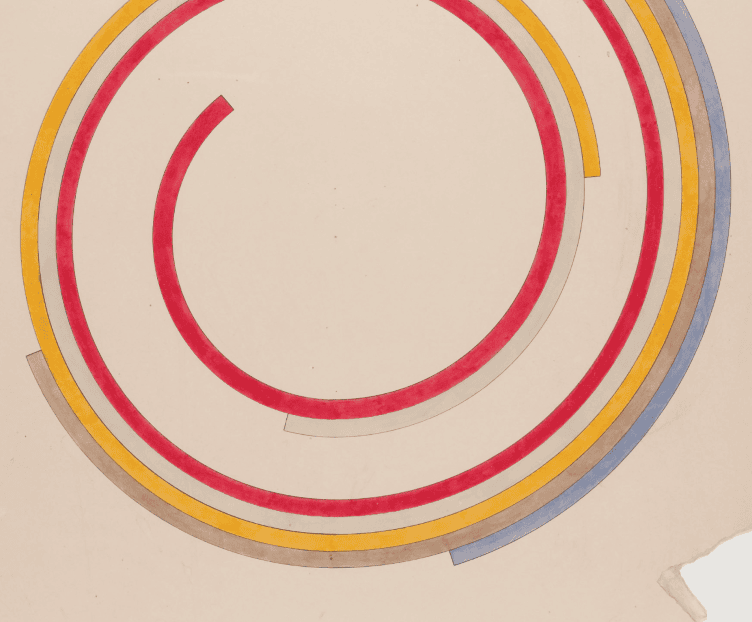About the Briefing
This handout was created for the AHA’s January 29, 2025, Congressional Briefing offering historical perspectives on how the United States House of Representatives has changed since its creation. Panelists Kathryn Cramer Brownell (Purdue Univ.), Matthew Green (Catholic Univ.), and Rachel Shelden (Pennsylvania State Univ.) will discuss how the structure, membership, and culture of the House of Representatives has changed over time.
The recording of the briefing is available to watch on C-SPAN.
The First Century
- The House of Representatives was the central forum for constitutional debate, interpretation, and construction in early America.
- Unlike the entrenched two-party competition between Republicans and Democrats in the 21st century, the first 100 years of American politics featured a large number of parties that were constantly in flux. As a result, House elections for Speaker and important legislative accomplishments (including constitutional amendments) were often the result of coalition politics.
- Early Americans were deeply invested in constitutional and political debates on the floor of the House. Despite operating without a staff or modern offices, members received dozens of letters each day through the franking privilege, which until 1873 allowed constituents to send mail to their representatives at no cost.
The Late 19th to the Mid-20th Century
- The House during this period established itself as the majoritarian chamber it is today, in which the majority party alone selects the Speaker, adopts the chamber’s rules, crafts the legislative agenda, and limits minority party obstruction.
- Prominent Speakers included Thomas Bracket Reed (R-MI), Joseph Cannon (R-IL), Nicholas Longworth (R-IL), and Sam Rayburn (D-TX), who each, to varying degrees, brought about long-lasting institutional changes and steered major legislation through the chamber.
- Because Democrats were the majority party in the House almost without interruption after 1933, the Democratic Party had profound influence on legislating and House procedure. Among other things, the party solidified the use of seniority as a means of selecting committee chairs and leadership “ladders” to determine who would fill vacancies in leadership posts.
- One of the major themes of lawmaking during this era was the creation of new governmental agencies and the delegation of substantial policymaking power to the executive branch.
The Mid-20th Century to the Present
- Starting in the mid-1960s, efforts to reform the party structure in the House gained support as a new generation of elected officials aimed to break down the seniority system and bring more transparency to congressional operations.
- The controversial Vietnam War and the Watergate investigation into abuses of power in President Richard Nixon’s administration motivated members of Congress to reassert their legislative authority and oversight over an executive branch that had become increasingly powerful.
- In 1967, the House established the Committee on Standards of Official Conduct, later renamed the Committee on Ethics. Over the next decade, new legislation including the War Powers Act of 1973, the Ethics in Government Act of 1978, and the Intelligence Oversight Act of 1980 aimed to give Congress more oversight on the executive branch.
- As part of this effort to bring more transparency to government and to counter the televised bully pulpit, the House of Representatives partnered with C-SPAN in 1979 to bring televised legislative proceedings to cable subscribers across the country. Since then, media-focused members of Congress have used a range of performative tactics, including provoking controversy and stoking outrage, during legislative debates to engage national television viewers at home.
- Over the past 50 years, both parties have become more ideologically structured. Many ethical reforms introduced to bring transparency and accountability have become weaponized as partisan tools to attack political opponents, ultimately heightening political division inside and outside the House.
Participant Biographies
Kathryn Cramer Brownell is professor of history and director of the Center for American Political History and Technology at Purdue University. She is author of Showbiz Politics: Hollywood in American Political Life (2014) and 24/7 Politics: Cable Television and the Fragmenting of America from Watergate to Fox News (2023), which won the Eugenia M. Palmegiano Prize Award from the American Historical Association and the PROSE Award in Media and Cultural Studies from the Association of American Publishers. She also serves as senior editor for the “Made By History” column at TIME Magazine.
Matthew N. Green is professor of politics at the Catholic University of America and senior fellow at the Institution for Policy Research. His most recent books include Newt Gingrich: The Rise and Fall of a Political Entrepreneur (with Jeffrey Crouch), Legislative Hardball: The House Freedom Caucus and the Power of Threat-Making in Congress, and Choosing the Leader: Leadership Elections in the U.S. House of Representatives (with Douglas Harris). He has also published book chapters and scholarly articles about Congress, US elections, and state legislative politics. He has been quoted in, or contributed commentary to, several media outlets, including the New York Times, the Washington Post, the Wall Street Journal, and C-SPAN.
Rachel A. Shelden is associate professor of history and director of the George and Ann Richards Civil War Era Center at Pennsylvania State University. She is the author of Washington Brotherhood: Politics, Social Life, and the Coming of the Civil War and the co-editor of A Political Nation: New Directions in Mid-Nineteenth-Century American Political History (with Gary Gallagher). She has written articles and book chapters on the history of Congress, political parties, elections, and constitutional debate in the 19th century. Among other media outlets, she has contributed to or been quoted in the Washington Post, the Atlantic, Lawfare, Time, NPR, the BBC, and C-SPAN.
Related Resources

December 23, 2025
History of Federal Science Funding

October 29, 2025
History of Artificial Intelligence, Privacy, & Security

September 12, 2025